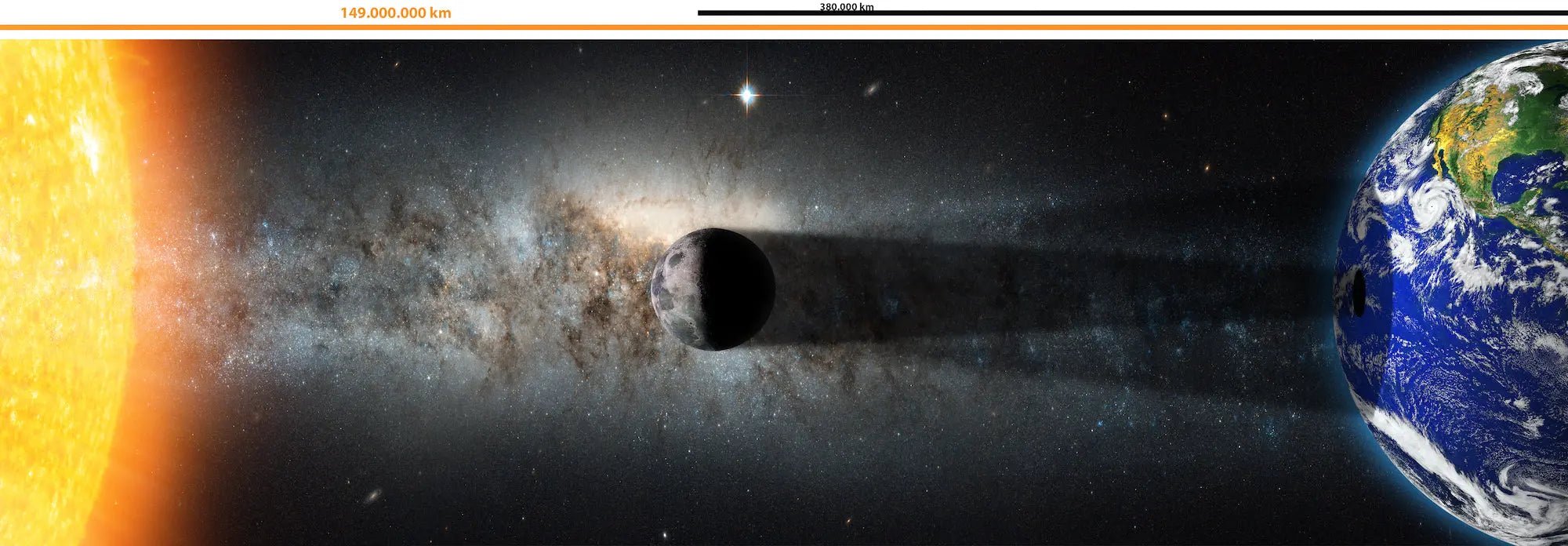Grade Level: Elementary School (3rd-5th grade)
Objective:
Students will learn about the concepts of perigee and apogee in relation to the moon's orbit around Earth. They will understand the differences between these two points and how they affect the moon's appearance and distance from Earth.
Materials:
- Large globe or model of Earth and moon and a bright flashlight
- Visual aids (diagrams, pictures, or videos)
- Whiteboard and markers
- Moon phase chart
- Craft supplies (colored paper, glue, markers, etc.)
- Worksheets for assessment
Duration:
Approximately 45-60 minutes
Introduction: (10 minutes)
1. Begin the lesson by showing the students a picture or model of the moon and Earth.
2. Ask the students if they know why the moon looks different in the sky on different nights. Encourage a brief discussion.
Main Content: (25 minutes)
3. Explain to the students that the moon doesn't always stay the same distance from Earth. It moves in an orbit around our planet.
4. Introduce the terms "perigee" and "apogee":
- Perigee: The closest point in the moon's orbit to Earth.
- Apogee: The farthest point in the moon's orbit from Earth.
5. Use visual aids to help students visualize the concept of perigee and apogee. Show how the moon's distance changes as it orbits around Earth.
6. Discuss the effects of perigee and apogee on the moon's appearance:
- Perigee: When the moon is at perigee, it appears larger and brighter in the sky. This is often referred to as a "supermoon."
- Apogee: When the moon is at apogee, it appears smaller and farther away in the sky.
7. Show a moon phase chart and explain that the moon's phases are also affected by its position in its orbit.
Annular vs Total Eclipses
Explain the the type of eclipse that occurs depends on if the Moon is at perigee or apogee. When it is at perigee, it produces a total eclipse (April 2024) because the Moon appears to cover more of the Sun from our vantage point on Earth (the Moon appears larger). Eclipse glasses are required to view the moments before and after totality, but can be taken off during the two-minute window of totality.
When the Moon is at apogee, or its farthest point in its orbit around the Earth, it produces an annular eclipse (October 2023), where is appears to cover less of the Sun, appearing smaller in the sky, and as a result produces a "ring of fire" eclipse. Eclipse glasses must be worn for the entirety of the eclipse as the Sun is never full obscured by the Moon during an annular eclipse.
Activity: (15 minutes)
8. Divide the students into pairs or small groups.
9. Provide each group with craft supplies and ask them to create a visual representation of the moon at perigee and apogee. They can use colored paper, markers, and other materials to show the moon's size and distance from Earth.
10. After the students finish their craft, have each group explain their representation to the class. Encourage them to use the terms "perigee" and "apogee" in their explanations.
Conclusion: (5 minutes)
11. Gather the students back together and review the concepts of perigee and apogee.
12. Have a brief discussion about why it's important to learn about these terms and how they relate to the moon's appearance in the sky.
Assessment:
13. Distribute worksheets that contain pictures of the moon at different points in its orbit. Ask students to label each picture as either perigee or apogee and explain the differences in the moon's appearance at these points.
Extension:
For advanced students or additional lessons, you can explore how the gravitational forces between the Earth, moon, and sun affect the moon's orbit and its position at perigee and apogee.
Note: Always adjust the lesson plan to suit the specific grade level, learning pace, and needs of your students.



Share:
Eclipse Glasses USA Launches Fundraiser to Support Maui Food Bank with 100% Donation Matching
How Eclipse Glasses Have Affected Astronomy Education